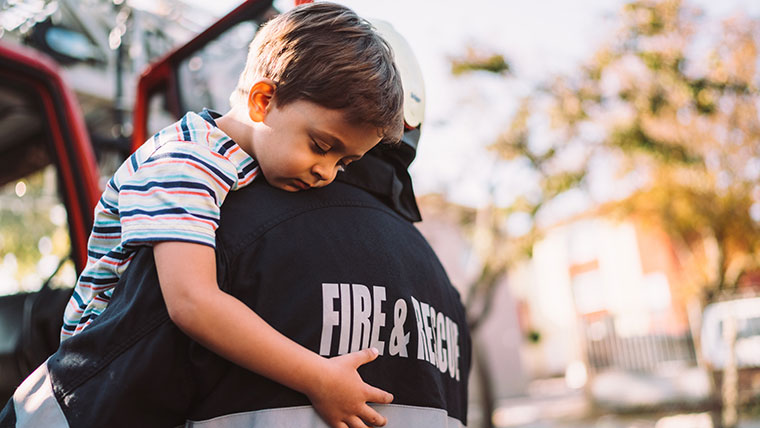Responding to and recovering from a dam safety emergency is a community-wide responsibility. Various courses are available to educate officials, community members, and dam owners on how to prepare for and mitigate against dam safety incidents. Generally, these courses cover pertinent information about the general characteristics and variety of dams, the demographic make-up of these dams nationally, what emergency planning looks like, and how to engage the public during these incidents.
I recently had the opportunity to co-teach a seminar with the Federal Emergency Management Agency (FEMA). Several participants asked surprising questions. Also unexpected were the goals that various attendees had for the course. Other participants were keen on soaking up each ounce of know-how provided within the course structure.
These courses offer much more than can be found from researching online in a silo. They offer you knowledgeable professionals to walk you through the course and answer your questions, as well as an entire room full of fellow operators, responders, engineers, and community members to learn, network, and collaborate with. Here are just a few of the key takeaways participants got from the course.
Networking Opportunities
One participant stated that he was attending specifically for the networking. This is beyond important and insightful. Knowing of your fellow community responders is the bare minimum for getting your community through an incident. Developing a relationship, or even a casual acquaintance through networking, will get your community through your emergency with greater ease. The better relationships your community develops, the better your emergency resilience will be.
Dam Safety Check-Ins
Two other participants, both dam operators, felt the weight of the responsibility of proper dam care. They needed quick check-ins about their dam safety practices, standard operating procedures, and inspection protocols. We discussed my favorite dam inspection methods and practices, as well as what they have been doing. It was heartening, having been in their shoes and having felt that that responsibility toward my community as well.
Community Outreach
Yet another attendee was particularly interested in community outreach and awareness. She was concerned how much information was too much to share versus what would be too little. The course itself addressed proper targeting of messages during an emergency. Too much information can overwhelm, confuse, or cause undue panic. Not enough communication can inspire conspiracies, mistrust, and unease. Being able to appropriately communicate the risks of living with a dam and what to do when that dam is experiencing an incident can help your community adequately work together and act themselves during an incident.
The Opportunity to Share Knowledge
The most useful thing I got from the class was the knowledge that there are so many people who are actively working to be involved and prepared for dam safety incidents. The more people there are who are aware of the hazard, the more people there will be who feel the responsibility of taking care of the community through an incident, and who are able to work together to keep our communities as safe as practicable. This is the secret sauce of moving our communities through a dam safety incident response and into recovery as quickly and effectively as possible.


